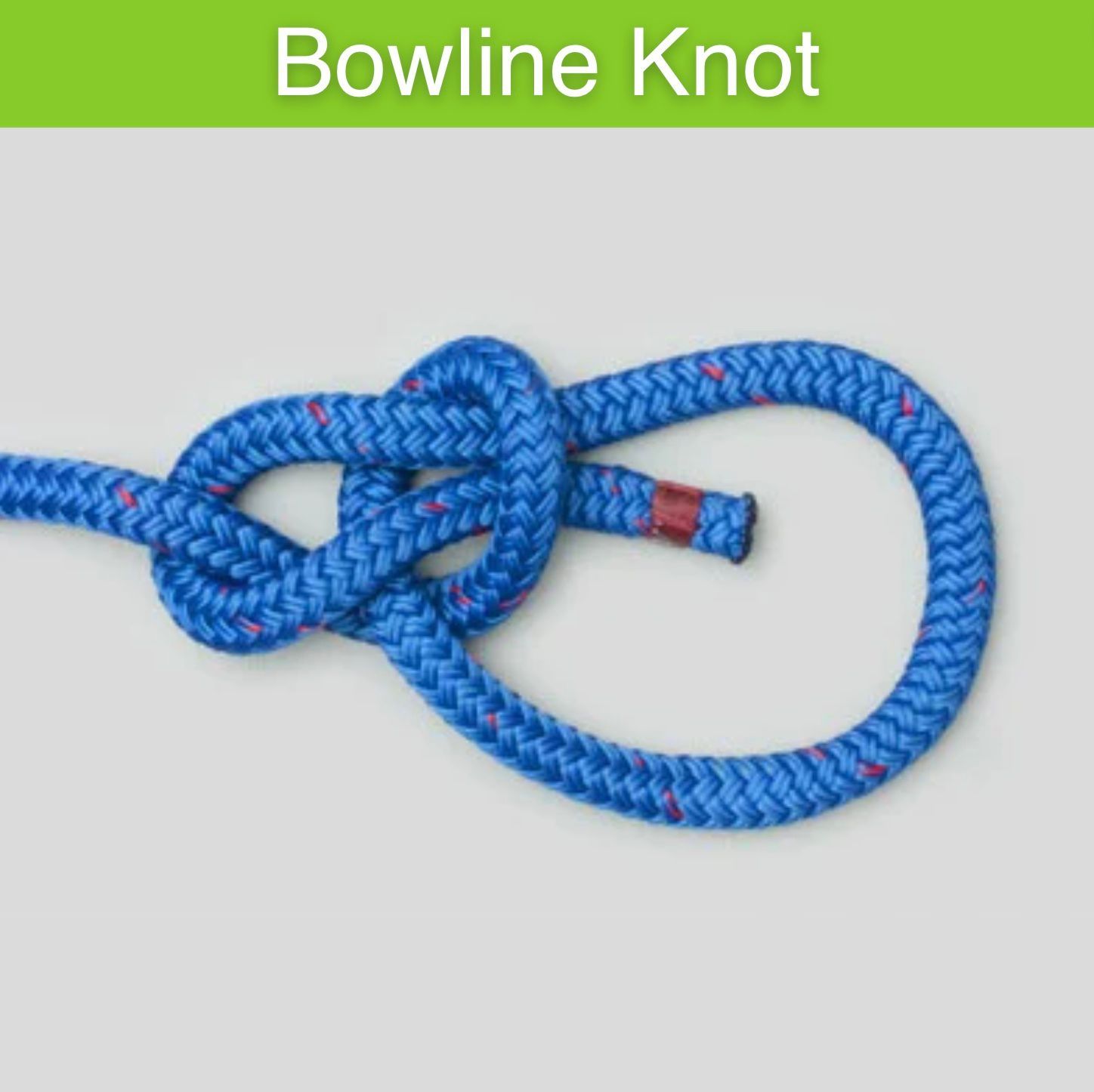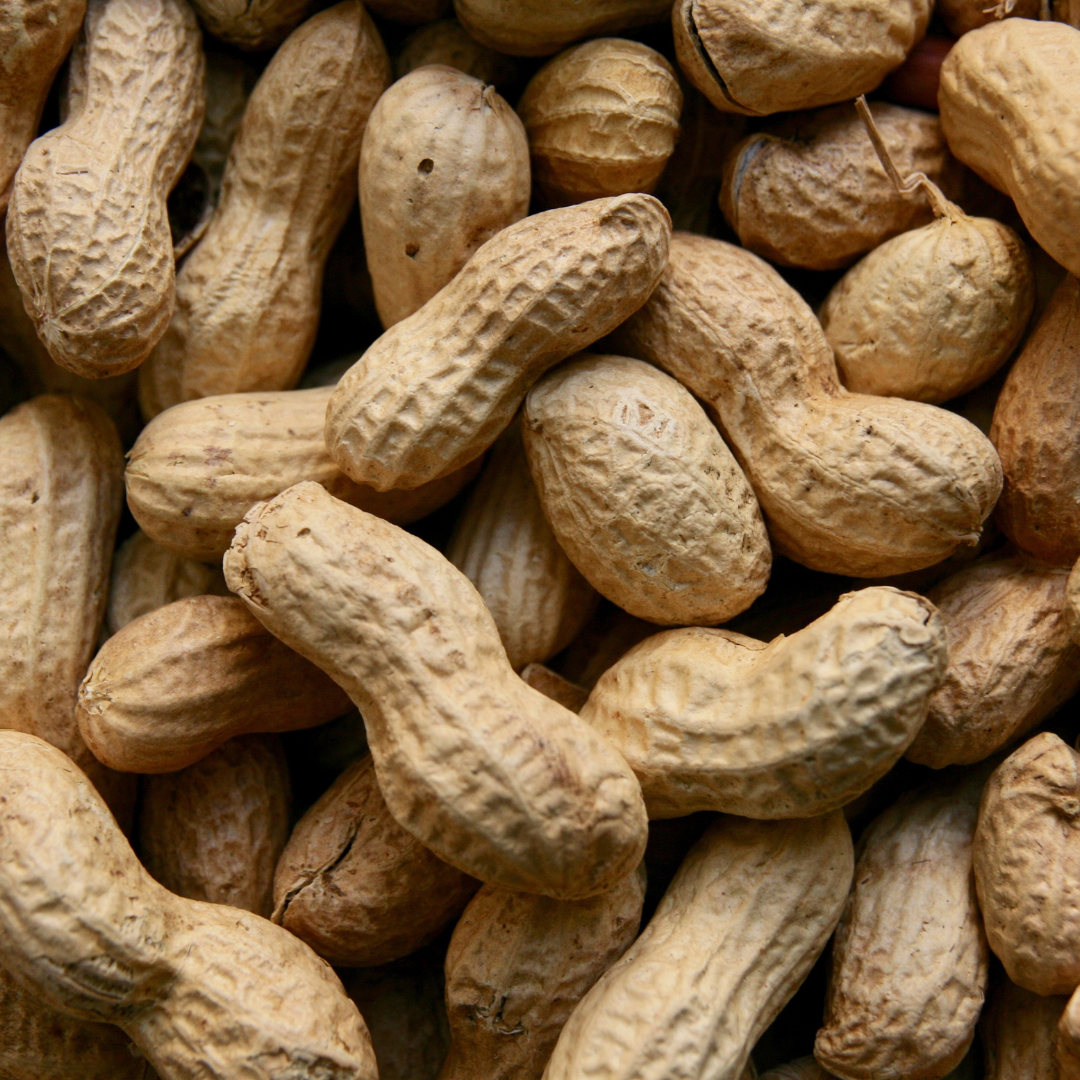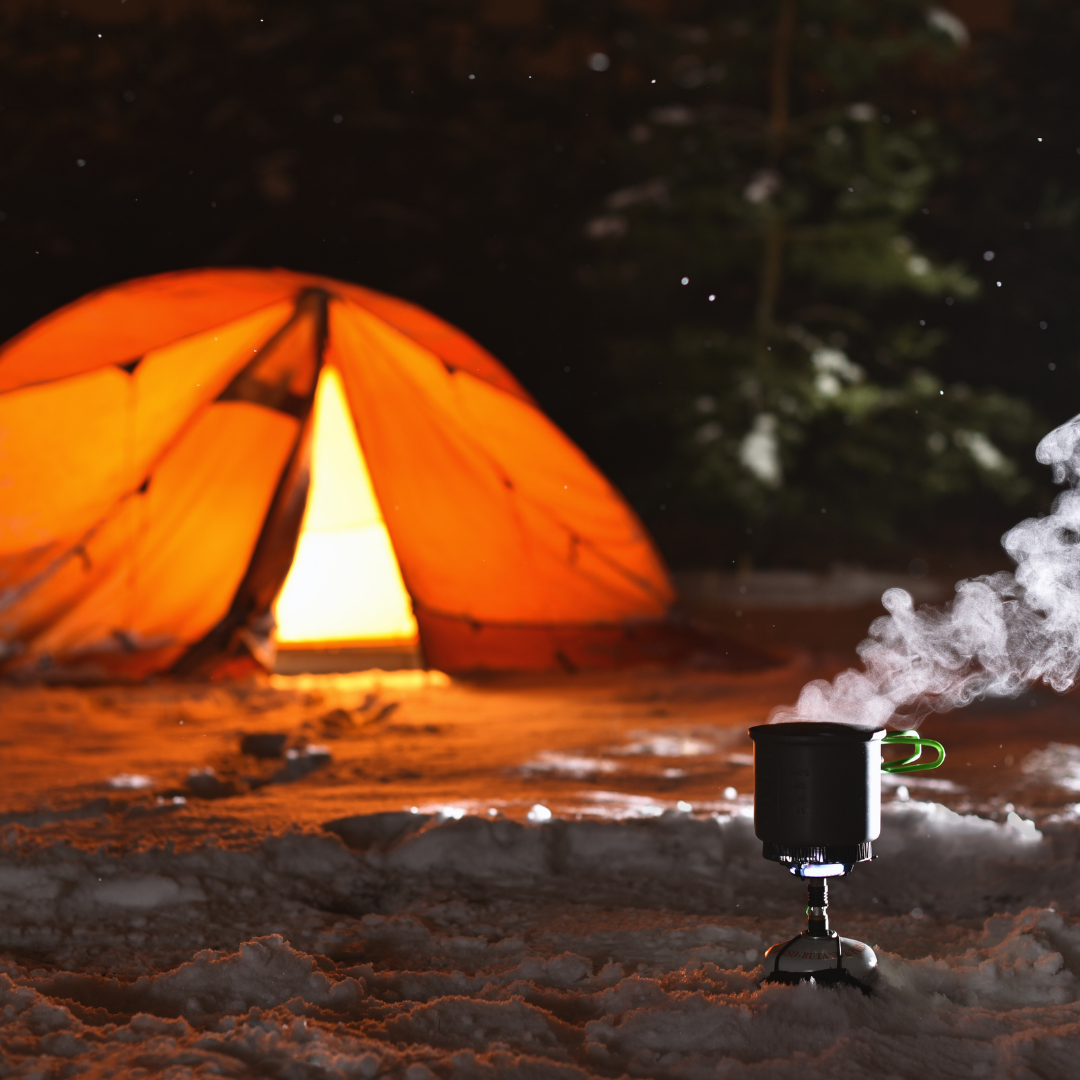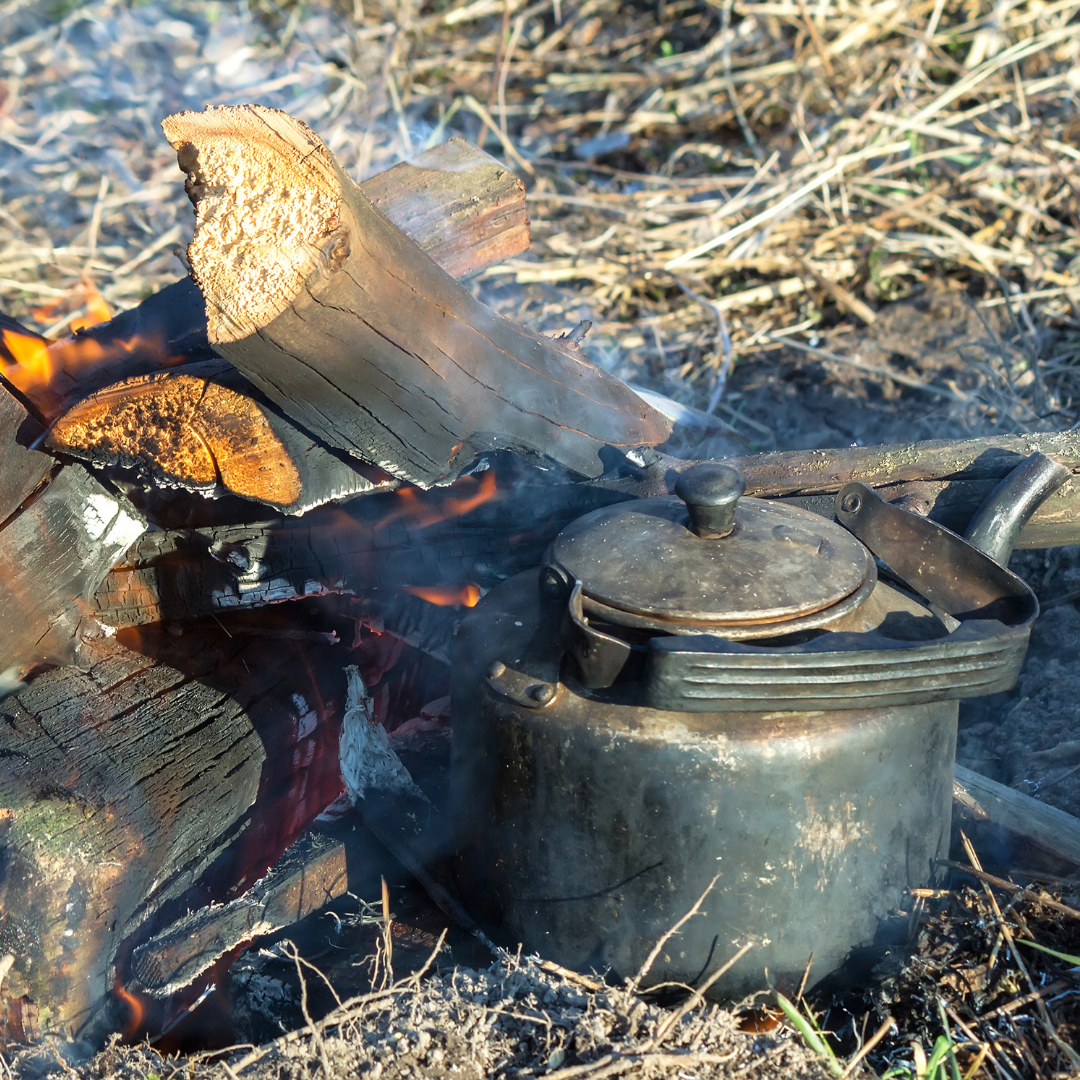#25 Knot Knowledge

I mentioned in previous blogs about the “All Gear and No Idea” syndrome. Many folks believe that to own a piece of kit/device/tool implies expert level knowledge.
We all know this to be true, yet we still persist in it.
Personally for me it is really exciting to test out a piece of new gear to learn how it works. However the time bandit rarely allows us to advance even beyond beginner level unless that is we actually work with the gear.
Do not believe me, well, how are your chain saw skills?
It does not have to be like that with rope or cordage. Cable ties may to some degree have replaced the ability to tie a decent knot.
However Cable ties are made in China. Knots are made by you.
The correct use of a rope to tie-down, join, secure, lash and then reuse the same rope is dependent on your Knot Knowledge.
The great thing about Knot Knowledge is that you can practice with yours around the braai, watching TV.
A friend who used to sail on yachts on the told that whilst sailing it was a pastime to practice Knot Knowledge. On a yacht tying the correct knot in adverse conditions is a requirement. Get it wrong and, well, ja, it’s a Cruel Sea
The Knot used depends on your requirement: A Reef Knot is ideal for bundling items. The name coming from the Knot that sailors use to reef or fold away sails. It is also called a square knot and easy to learn and use.
A Bowline Knot, is referred to as the King of Knots due to the fact that it is relatively easy to untie even after been subjected to heavy loads. Ideal for towing or lifting heavy items.
A Trucker’s Hitch is an excellent way to secure loads on bakkies and truck as it provides immense leverage/down force to be able to secure a load.
A Clove Hitch Knot is useful for tying ropes to trees or posts and being able to adjust the length as needed.
Not only is Knot Knowledge restricted to tying/lashing, but the ability to weave with Paracord can create really useful items such as Slings, Bracelets and knife handles etc.
Fisherman have their preferred knots as do Rock Climbers, Riggers and so forth.
The point of this blog is way too short to be detailed “How to” of knots.
Rather it is to encourage you to learn 4 or 5 basic knots.
I am hoping you decide to practice, and, if I may advise: Practicing with a Thicker Soft rope. It is easier to knot/unknot that a piece thinner string or cord especially if you apply tension. One meter should be fine of 8 or 10mm Ø
Knowledge is power, Experience perfects.
Sitting with a length of rope practicing Knot Knowledge can be quite meditative instead staring at a cell phone screen. Try it.
Cheers and God Bless.
Camo











about
We offer a wide range of products and Advice to help you enjoy your outdoor activities to the fullest.
VAT No: 4840293080
CONTACT
Telephone: +27 87 056 3630
Email: sales@thequartermaster.co.za
CommentsWhatsapp / Telegram 082 310 3708
Location
21 Thornton Road,
Westdene
Johannesburg
2092
(Corner of Thornton and 5th Avenue)
business hours
- Monday
- -
- Tue - Fri
- -
- Sat - Sun
- Closed
All Rights Reserved | TheQuarterMaster® | Privacy Policy | Terms & Conditions | Shipping & Payment Info | Return Policy | Developed by Webshure
